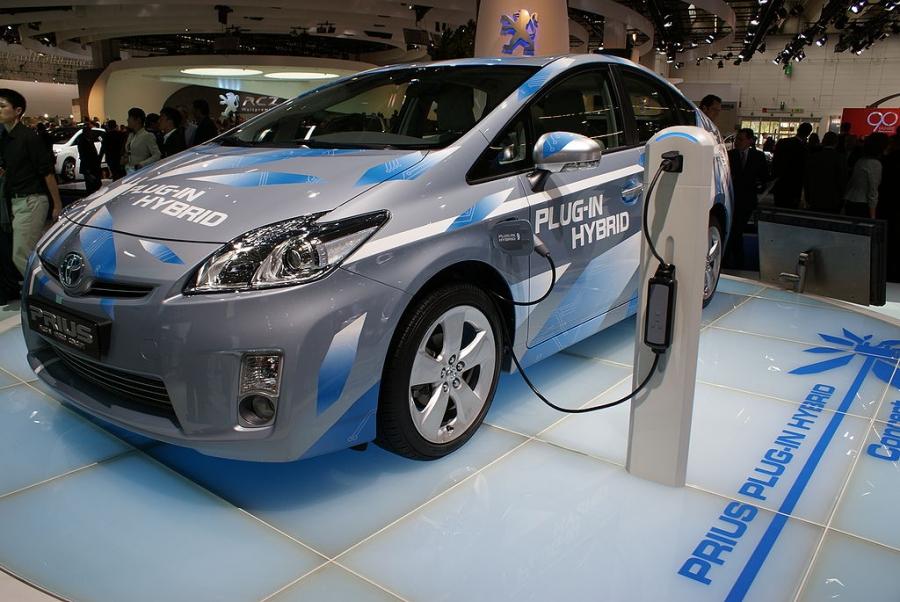
The definition of highway driving includes highways and rural roads, with an average speed of 78 km/h and a top speed of 97 km/h. For testing purposes, city driving is considered stop-and-go traffic, with an average speed of 34 km/h and a top speed of 90 km/h.

The first is roughly how much of your driving takes place in the city versus on the highway. You’ll need to know a few numbers going into this. To keep this simple though, we’ll focus on the difference in purchase price between a traditional internal-combustion engine (ICE) vehicle and an equivalent hybrid, calculating how long it will take to recoup the difference in fuel savings. You could also try to put a price on the joy of driving a car that provides instant electric acceleration, or the added comfort of getting into a vehicle prewarmed by mains electricity. You could also factor in the value of reducing carbon-dioxide emissions – and the smugness you get out of doing so – or the type of electricity generation in your area, or the cradle-to-grave emissions for a vehicle and its lithium-ion battery. However, before we crunch some numbers, it’s worth noting that the answer to the question isn’t simple. We’re going to run through some basic hybrid math here so you can find out for yourself if a hybrid makes sense for the way you drive. Whether you choose to spend the extra cash to buy a hybrid vehicle depends on many variables, but, for most drivers, the decision understandably comes down to cost. With more hybrid vehicles entering the market and prices gradually coming down, we’re hearing this one basic question more frequently: Is a hybrid worth it?


 0 kommentar(er)
0 kommentar(er)
